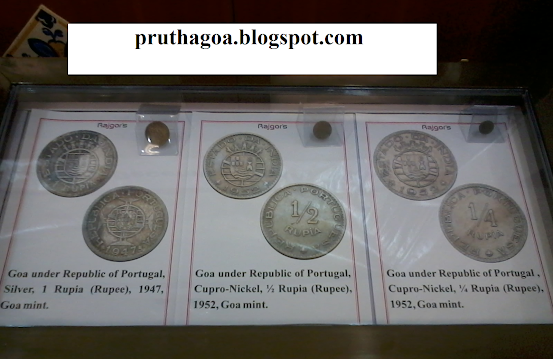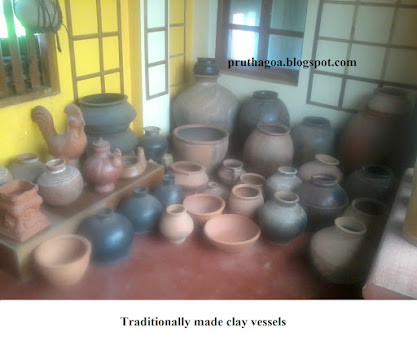Buddhism as a Political Philosophy

Amita Kanekar, an architectural historian who teaches at the Goa College of Architecture, is also known for her historical novel Spoke in the Wheel . The novel deals with the Buddha and early Buddhism. Raised as an atheist, her interest in Buddhism is far from a spiritual search but an exercise in unveiling revolutionary movements and their implications. Amita Kanekar elucidated her topic "Buddhism: The Beginning" at Xavier Centre for Historical Research. Citing her sources as Romila Thappar, Nalin Swaris, BR Ambedkar, Debiprasad Chathopadhya, Uma Chavravati and others, Kanekar admitted to relying on secondary sources as she is not a scholar of Pali, which would enable her to translate primary sources. The birth of Buddhism was the outcome of the second urbanisation that took place in 6th century BCE in South Asia. South Nepal, Bihar Uttar Pradesh and Jharkhand were the areas that rapidly underwent a transformation during the time of the Buddha. This was a time when the conce





